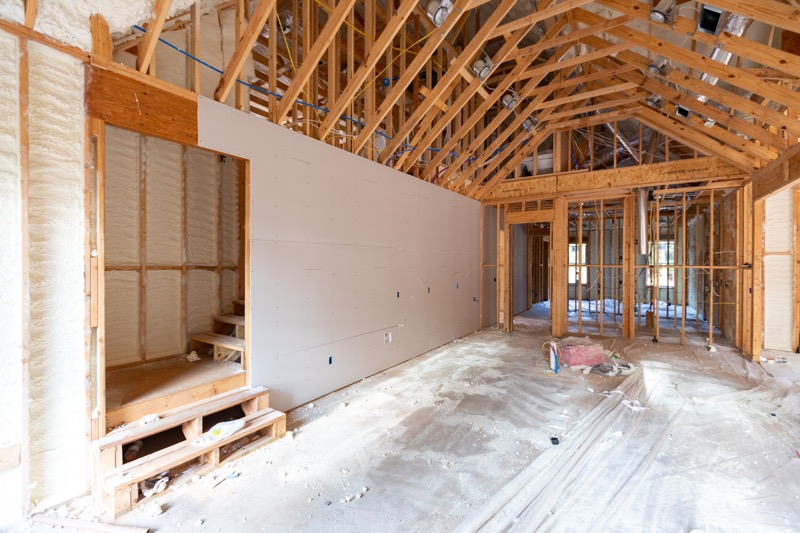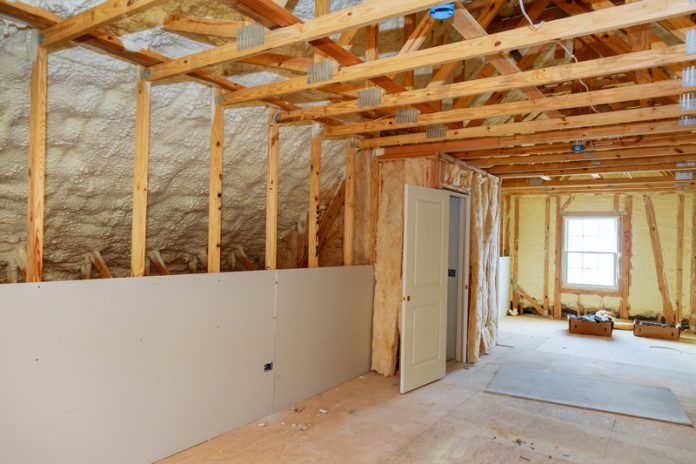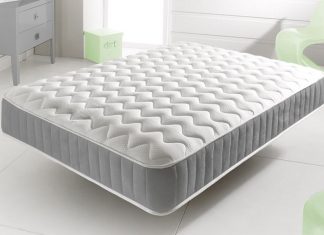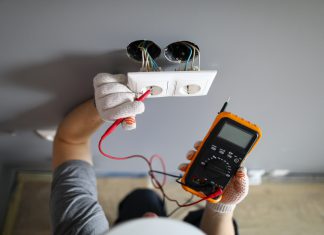Spray foam insulation is a great way to keep your home warm in the winter and cool in the summer. It can also help you save on energy bills! The spray foam comes in two different types: open-cell spray foam, which is made of polyurethane (PU) that expands when sprayed, and closed-cell spray foam, which contains no air bubbles. This blog post will discuss whether or not it’s possible to spray insulation without removing drywall from your walls.
Keep Your Drywall
The short answer is yes, it is possible to spray foam insulation without removing drywall. However, there are a few things you should keep in mind before deciding to do this. First of all, if you’re using open-cell spray foam, it’s important that the surface on which you’re spraying be clean and free of dust, dirt, or other debris. You may also need to remove any outlet covers or light fixtures from the wall so that the spray foam can reach all of the cracks and crevices. If you’re using closed-cell spray foam, on the other hand, it’s not necessary to remove anything from the walls except for any electrical outlets or switches.
Remember that you will need to leave a few inches of space between the spray foam and the ceiling to avoid any potential insulation droppings. It would be best to take care not to get spray foam on any flooring, as this can be difficult to clean up. If you’re careful and follow the guidelines, spray foam insulation can be a great way to improve your home’s energy efficiency without too much hassle.

Other Considerations
Another thing to consider is whether or not spray foam will adhere properly to the wall without removing drywall. For spray insulation, it’s often recommended that you use a thick coat in order for the spray foam to form an effective barrier against heat loss or outside noise. Suppose there are any wrinkles or bubbles when spraying this layer of insulation spray onto your walls. In that case, you should consider applying another layer before painting over it with primer and paint.
If you have drywall that is already painted or otherwise finished on your walls and want to apply insulation without removing it, using closed-cell spray foam should work just fine. However, if there are any areas where moisture may seep through as a result of cracks or holes in the wallboard itself (such as around electrical outlets), applying open-cell spray insulation could cause damage due to mould growth because this type of insulation spray contains no chemicals which prevent moisture from entering into the surface behind it. If possible, we recommend either removing all existing drywall and starting fresh or repairing any cracks or holes in the drywall before applying insulation spray.
Removing Spray Foam
The last thing you should keep in mind is whether or not spray foam can be removed from the surface on which it was sprayed after drying completely. Unlike other types of insulation, such as fibreglass batts, spray foams tend to soak into porous surfaces rather than simply rest upon them as a fluffy blanket would do. The reason why this happens is that PU spray foam is designed to adhere tightly to any surface that it comes into contact with, so if you spray onto drywall without removing the drywall first, there’s a good chance that the spray foam will bond itself permanently which would make removal difficult or impossible.
If you’re still unsure about whether or not spray foam can be sprayed without removing drywall, it’s always best to consult with a professional insulation contractor (like the pros over at ) who will be able to help you make the right decision for your home. If you’re spray-painting the foam with spray paint, be sure to wear a respirator mask in order to avoid inhaling any of the sprays.
Summary
In conclusion, spray foam insulation spray can be applied to your walls even if you already have drywall on them. However, it may not adhere properly and might need a separate layer of insulation spray. When applying spray foam insulation, be sure to take all the proper safety precautions, including wearing a respirator mask.















